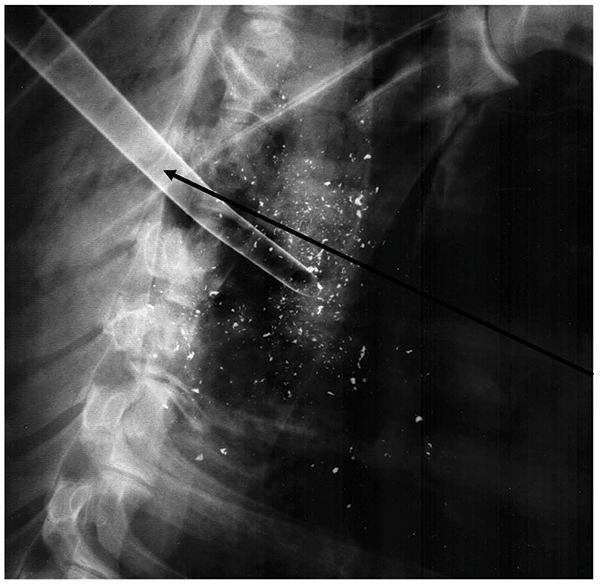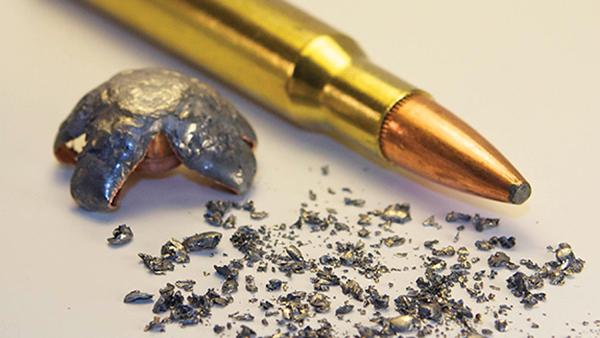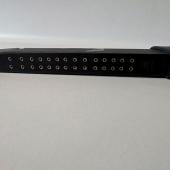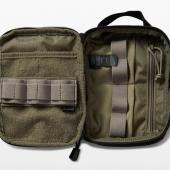Lead Astray
Switching to copper rounds.
It was late summer when my fiancé Lisa and I began planning her first pronghorn hunt. Casually, over an elk-steak supper, she announced that she would not be using lead ammunition to harvest an antelope. It was only three weeks before opening day, and I was not interested in researching new ammo or having to sight in a rifle that was already driving tacks out to 300 yards. But I could tell that this was non-negotiable.
Lisa, a wildlife biologist, was well-versed in the deadly hazard that lead, a neurotoxin, posed to carcass-scavenging eagles. And despite the recognized effects on people since the early 1900s, it wasn’t until 1976 that the U.S. began phasing lead out of household paint, followed by plumbing in 1991, and gasoline in 1996. Although lead was banned from waterfowl hunting in 1991, it remains prolific for hunting everything from pronghorn to moose and partridge to turkeys.
Lead exposure is dangerous, especially to children and pregnant women, where it has been linked to miscarriage, premature birth, low birth weight, slowed growth, lower IQ, delayed learning, memory issues, and seizures. In adults, accumulating lead can cause brain, kidney, and cardiovascular damage, reduced fertility, and cancer. And yet hunters, including myself until recently, continue to harvest and eat wild game peppered with this toxic substance.
According Montana Fish, Wildlife & Parks, hunters across the state bring home 9.3 million pounds of big-game meat annually. Montanans are blessed with the country’s second-largest elk population, river bottoms full of white-tailed deer, good mule-deer hunting, and enough antelope to keep it interesting. Our outdoor recreation culture is so good that even the country’s most famous meat-eater himself, Steven Rinella, moved his headquarters to Bozeman.
Although game processors trim liberally around the wound on wild game to avoid bloodshot or contaminated meat, that practice may not be enough. Studies show that lead-bullet fragments travel well over a foot from the entry and exit holes in harvested game. And a study by the Minnesota Department of Natural Resources detected lead in over 25% of ground venison packages. Most hunters grind a third of a big-game animal, and a majority of that meat comes from the front shoulders where most bullets hit. If Montana hunters produce three million pounds of ground meat annually, and only 10% of that is contaminated with lead, that would still be 300,000 contaminated pounds of wild game in our freezers.

Deer carcass x-ray with 547 lead fragments. Tube indicates bullet path; note distance of fragments from impact site
In contrast, copper ammunition often retains 95% or more of its original mass while expanding to create lethal shock. Just five years ago there were not many options for copper ammo, but there was plenty of criticism about its effectiveness. Copper was considered expensive, inaccurate, and worst of all it “penciled” through wild game without delivering fatal damage. But that has not been my experience at the range or in the field. Fortunately, I found a couple of options for Lisa’s rifle that were priced close to what I was paying for lead and grouped just as reliably.
As a rule of thumb, Montanans don’t thank California for much, but in this instance consider making an exception. Five years ago a bill was signed into California law that phased in a statewide ban on hunting with lead ammunition by July 1, 2019, incentivizing nearly 60 manufacturers to produce non-toxic ammunition capable of anchoring every game animal in North America. Many are comparably priced with traditional lead options. (A current list of non-toxic options is available at wildlife.ca.gov.) Of course, no ammunition is a cure for folks that yank triggers like slot-machine levers, shoot farther or in more wind than they practice, or flinch before the recoil.
Lisa and I didn’t harvest an antelope that year, but I came away from the hunt with a new understanding of the lingering, unhealthy effects of my hunting pursuits on the landscape and for my family. Now my lead-free shotgun ammunition knocks pheasants down just fine as long as I use two sizes larger than my old lead shot, and all my rifles are paired with copper ammunition that shoots straight and packs a punch with a freezer full of wild game to prove it.
I’ve had a 35-year love affair with the traditions and bonds forged through hunting. I’ll never forget sitting back to back with my father during my first big-game season with open-sight lever-action rifles across our laps. I’ll be taking that old .35 Remington with me afield again with a thimble full of Dad’s ashes tucked away in my pack, but the bullets will be made of copper, not the old lead ones we never thought twice about using. I’d like to think that Dad would be proud.
John Cataldo is a member of the Rocky Mountain Elk Foundation, Mule Deer Foundation, and Backcountry Hunters & Anglers. He is the proud owner of the Montana Big 3, as he calls it: a smoker, a pressure-canner, and a food dehydrator that he does his best each autumn to fill with organic, sustainable, wild game.











